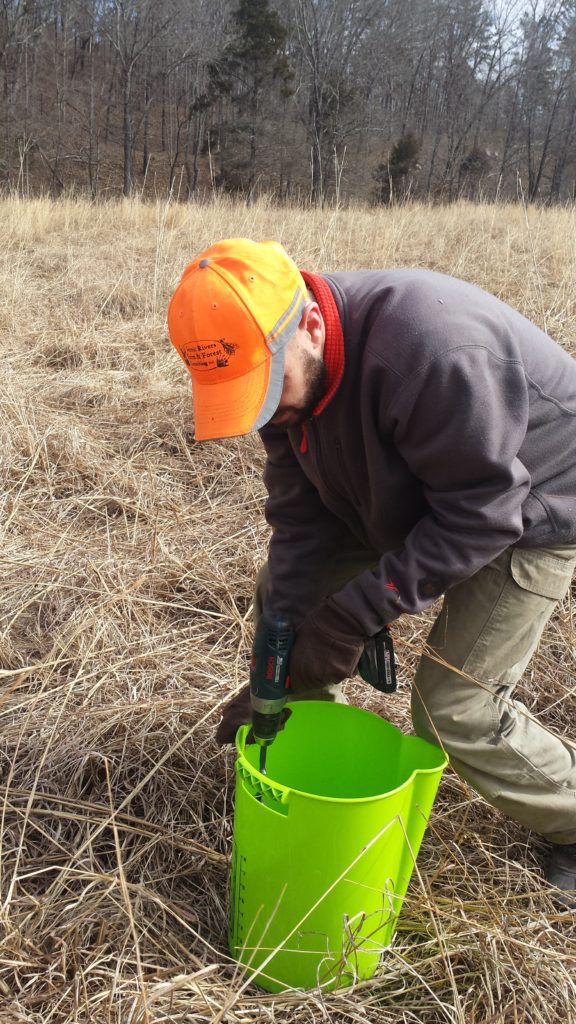
Farmers tell the tale
Over the years in my career, I’ve met with a fair number of farmers. And when a farmer with many more years of experience than I do starts to talk about the way things used to be, and the way things are now, I pay close attention to what they say.
Quite often, the perplexity of why there are so many more weed problems than before, and pastures and hayfields becoming more susceptible to drought failure, becomes a discussion point. Their observations tell them that the fields don’t seem to be as alive as they once were. Discussions of the disappearance of dung beetles and other insect life that once helped quickly recycle nutrients, also eventually gets talked about.
What changed
Eventually, I get to ask the question. “What changed over the years. What did you start doing different”. Most answers revolved around a simple statement that nothing really changed, “Ive always had cows in these pastures, and we’ve always cut hay over here in these fields” and so on. But some observant farmers will note the details, that once they used to spread manure on the fields, and now we use commercial chemical fertilizers because its easier. After time to digest the thoughts, some farmers after thinking about our discussion of dung beetles, start to wonder out loud if maybe the frequent use of medical grade de-wormer may have something to do with their disappearance.
Observations
I’m not a soil scientist, but over the years, I’ve learned that sometimes the stuff that goes on in the background or under the surface can be a real big deal. Soil biology, and micro-biology play a significant role in how soil structure and soil chemistry create a healthy environment for plants. I’ve learned that healthy soil significantly increases water holding capacity, and even more so with a diverse native plant community. Healthy Soil makes a host of nutrients available to plants that otherwise would be locked up.
Among other things, important fungi in the soil create the glue that hold soil particles together and worms in the soil keep soil aerated and their casings keep soil pH in balance. Worms and many other beneficial insects eat and recycle soil residue and other organic compounds into quickly available nutrients. Healthy soil is important in agriculture. And if soil health is important in agriculture, then why wouldn’t it be important in managing food plots for wildlife?
Soil Management
I’m convinced soil management supported by a biologically friendly fertility program that considers ALL aspects of what makes soil HEALTHY and PRODUCTIVE (including micro-biology and micro-nutrients) is important in agriculture. After researching, studying and DOING it this way for a while on my native warm season grass hay fields, crops, and food plots, I’m convinced it makes a difference in the long run. I’ve seen beneficial results!

Where do I start?
Starting off with a soil test that tells the complete story of what may be lacking or over-abundant is a very good first step.This will help us understand where we are so we can know where we need to be going. We can come out and pull and collect soil samples in a systematic way that accurately represents your field. I map and measure your fields and GPS locate every soil sample location. I mix and combine the samples in each field and label them, package them and send them off to the lab. Soil tests I use will tell us:
- Organic matter
- Available Phosphorus
- Exchangeable Potassium
- Magnesium
- Calcium and Hydrogen
- Soil pH
- Buffer Index
- Cation Exchange Capacity
- % base saturation of Cation Elements
- Soluble Salts
- Sodium
- Excess Lime
- Nitrate Nitrogen
- Sulfur
- Zinc
- Manganese
- Iron
- Copper
- Boron
